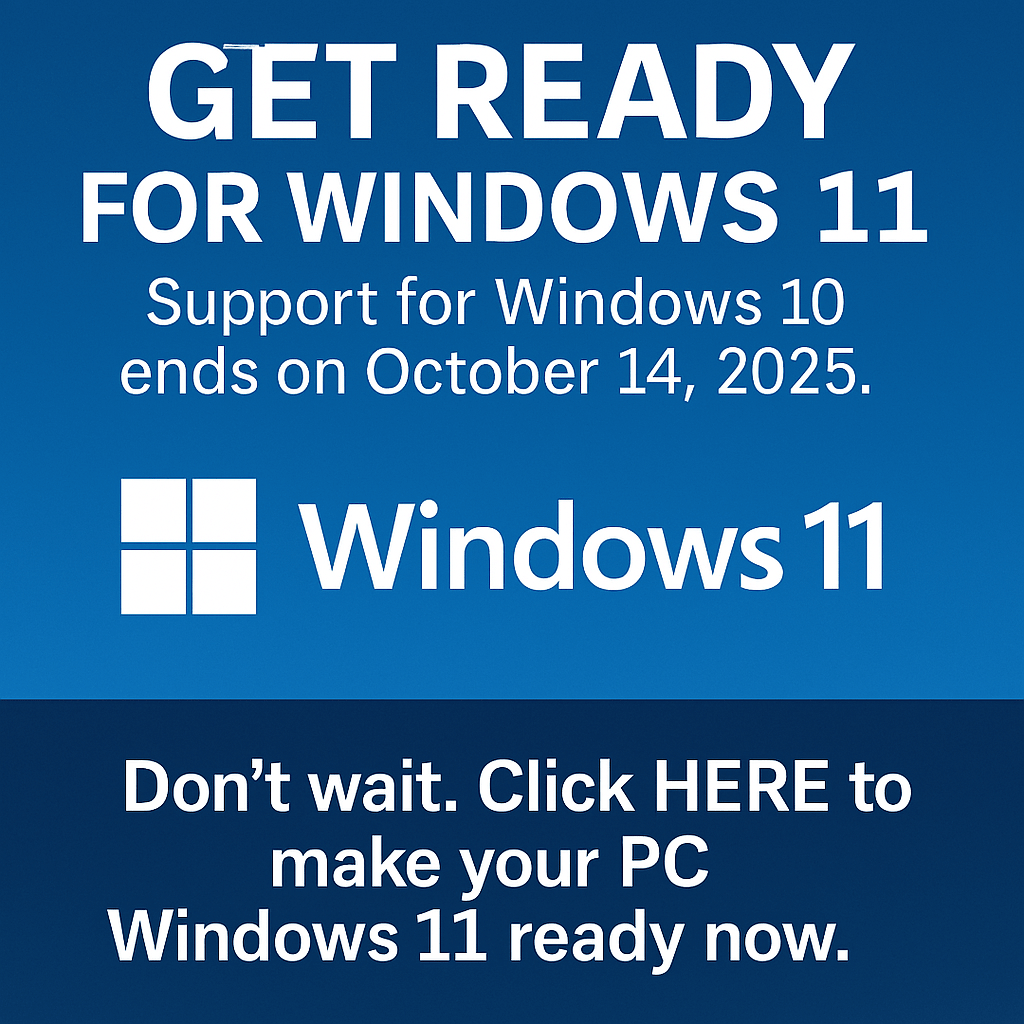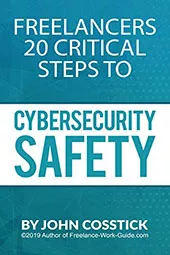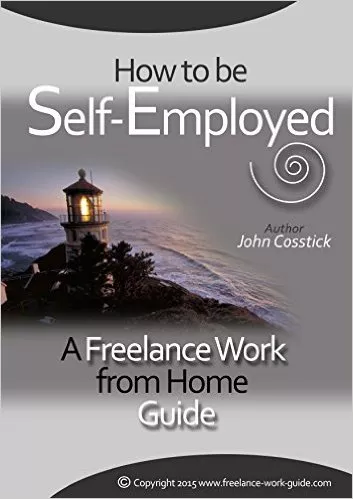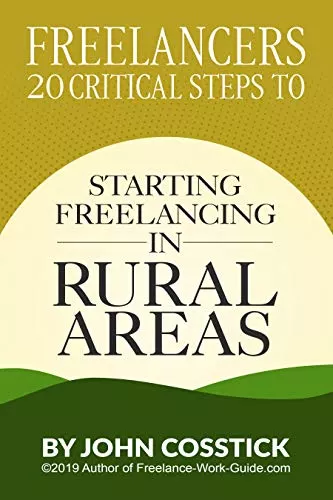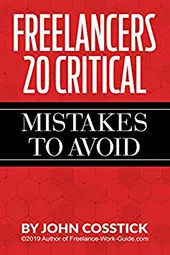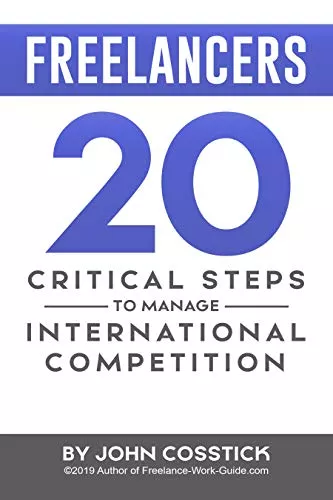This article is a guest post by Kipkemboi Toroitich
Your freelance job, whether full-time or part time needs flow and continuity. It would be meaningless to track down one client and dry up on traffic when a project is complete.

Image Credit unsplash.com
The problem is you’ll be stuck on a fishing-rod-type cycle activity; prospect, catch, repeat. You’re forced to go through the same process over and over again, which might not help reach your freelance goals.
And the freelance goal is to become independent and self-sufficient; to gain freedom from the drudgery of formal employment.
At the start, it is quite ok to have the one-off clients, though you should attempt to establish a lasting relationship with them. some may be willing to tag along, but most will have only one project – the one that you were assigned – and your engagement with them is cut at the point of pay.
The truth is, true freelancers do not want to stop there, especially the full-time ones. I am sure you want to create a pipeline of engagements to sustain you through your career.
Before we get down to the nitty-gritty, let’s point out high quality clients. They are the ones who:
- Are willing to engage for another project
- Have many projects
- Are committed to regular communication
- Take your communication seriously
- Take immediate action on your communication
- Commit to contracts
- Are friendly and easy to work with
- Have connections
- Refer you to their connections
- Pay
These categories may sum up your ideal client, though not exhaustive. They are a joy to work with, and have a promise of a bright future.
Your job is to find, attract and keep them. The hardest part of all is to spot them. but how do you know them before working with them?
There is no safe way into this, but then freelancing has no protection. It is a risk that we all took and we have to walk the tight rope.
At the beginning, you’ll get a mix of clients, and it’s hard to tell the ideal ones apart. However, having landed one, you need to learn from them.
As you slowly get to know them, remember the following:
Read very carefully the job specifications
This will not only spell out your suitability but will also inform you of the type of client you’re dealing with.
Difficult clients will have low ratings if you consulted portals. First time clients on the portal may not be judged, so it might pay off to try them.
Don’t settle for one client
Your prospecting is a continuous process. You never know whom you’ll meet along the way. Be industrious even as you work on projects you’ve already landed.
So your life will juggle within search, pitch and actual work in no particular order. Section out your time, apportioning limits and extents to each of the activities each day to avoid the peril of overdoing one at the expense of the other two.
Pitch your client
Some clients, like most magazines, do not mind direct submissions. If this is the case, pitch them anyway; unless there is a strict requirement to send finished work directly.
The option to pitch gives you a chance to interact with your prospective client, and in the interaction is rapport and understanding.
Pitching stands you a better chance of being taken up as there is a personal touch that gives the cutting edge. Besides, it will paint a better picture of who you’re dealing with. Naturally, it will come out in the reply either rejecting or accepting you.
As you pitch, remember that you are dealing with intelligent human beings and can easily notice your fill-in-the-blanks templates. Personalize your pitches for every individual client although you will receive computer-generated replies.
As you receive replies, write down all you gather about your clients
Try to understand them and their perspectives, their likes and dislikes, social status, their deeper understanding of the problem, their challenges, their desires.
Fit into their shoes to get to the bottom of it. Apart from gaining understanding and doing a perfect job, it will also help you establish a personal relationship with your client. They’ll know you’re not simply after selling but solving a problem for them.
If you are able to do this, you’ll have already got a client on a long-term basis. Even if they’ll not have projects in the near future, they’ll be willing to give you referrals.

Align their problems first, not your competencies
Fight the urge to produce lengths and lengths of descriptions outlining your skills. Instead focus on what needs to be done for your client. ‘I will fix …’ for instance, should be replaced with ‘You will get it fixed …’
The active voice in your pitch is replaced by the passive, relegating you as a freelancer to the shadows. The client will be able to see that you are determined to have the work done since you have a firsthand understanding of the problem.
Have a fair mix of new and exceptional clients
It is healthy to bring them both on board as somewhere along the line, the new clients will graduate to good and the exceptional to regular. We ultimately want a reassurance of a regular engagement to mitigate for the lean times, which are part and parcel of freelancing.
Deliver what you promise
Most times it is not just Know-Your-Customer sort of expediency that rolls out a regular pipeline. The failure of a freelancer to deliver high quality work in time is what brings down their reputation and with it, their work.
It is why you have to rationalize your skills with the job at hand. Every job has a timeframe which you need to gauge against your capabilities.
Jane Attard, CEO of Business-Know-How says: “Lacking integrity in business can be a death sentence. We’ve seen it happen countless times, even in organizations that were considered too big to fail.”
Lesson? Say what you do and do what you say and it will save everybody time and money.

Establish an online connection
Besides the work emails, create a wider online connection to be able to interact with them outside a work environment.
Follow them on Twitter, Facebook, Instagram, Pinterest, etc. Find them wherever they are and get active, but be careful not to be over-enthusiastic as you might be misjudged. Offer your cool advice off-the-cuff, and you’ll come across as equally cool.
Carve out a niche and maintain it
Sticking to your area of specialization will get you noticed. It will also narrow your attention and focus as a brand. In freelance, you’re the business; how you tailor your business will make or break you on the long term.
Those are easy steps to follow, but few of us will be committed. High quality clients are not easy to come by, so when you land one be sure to win and keep them for posterity.

